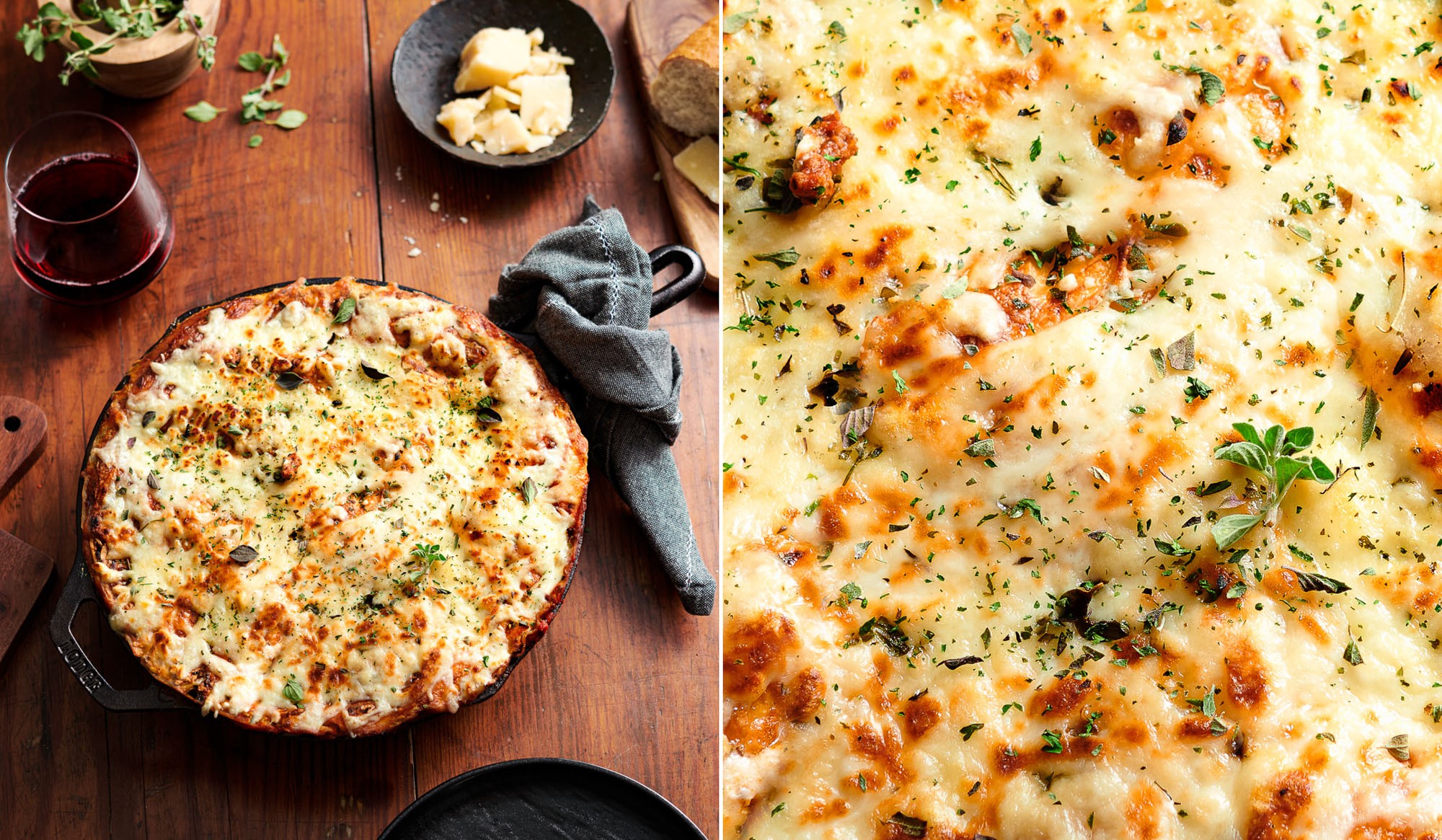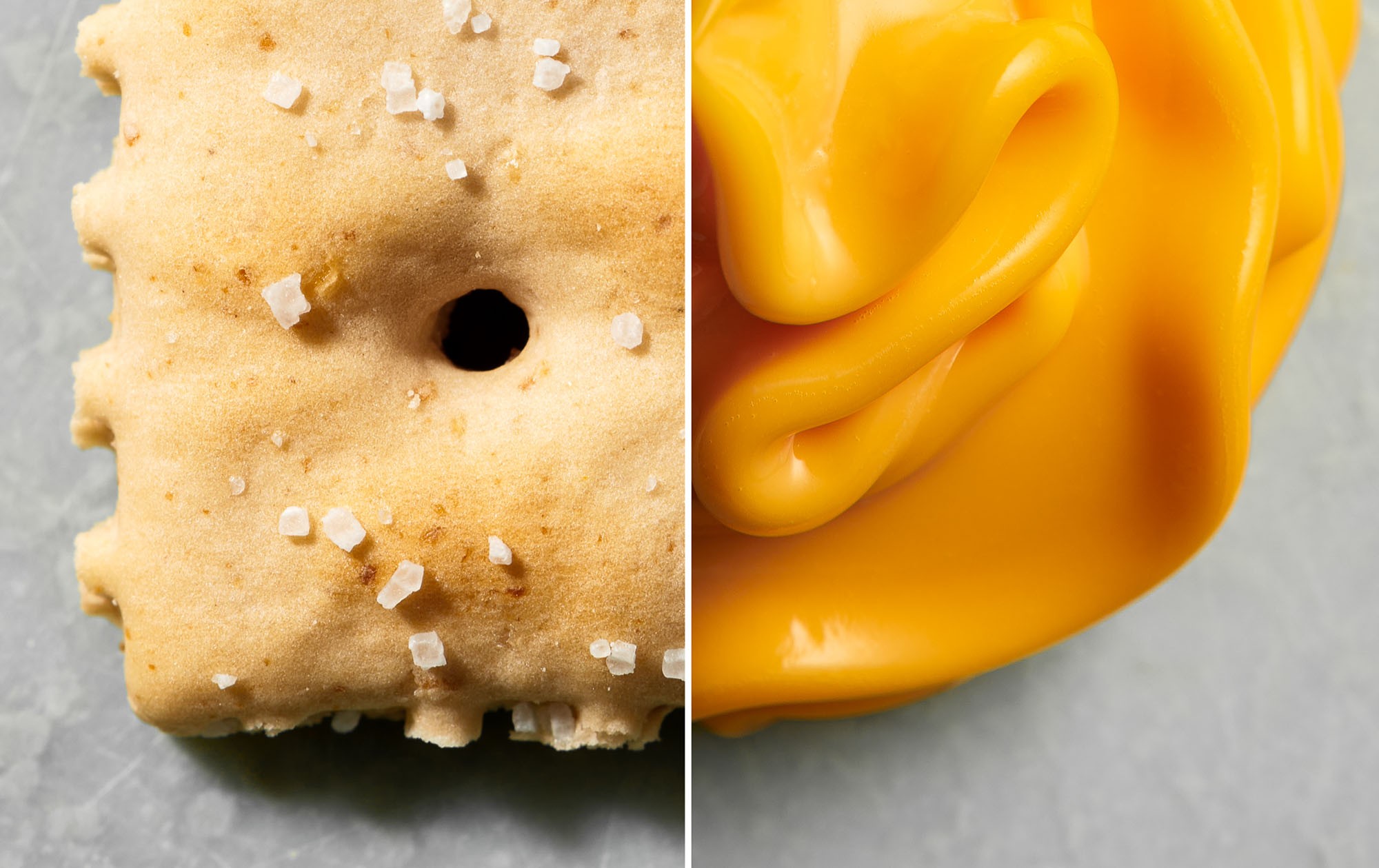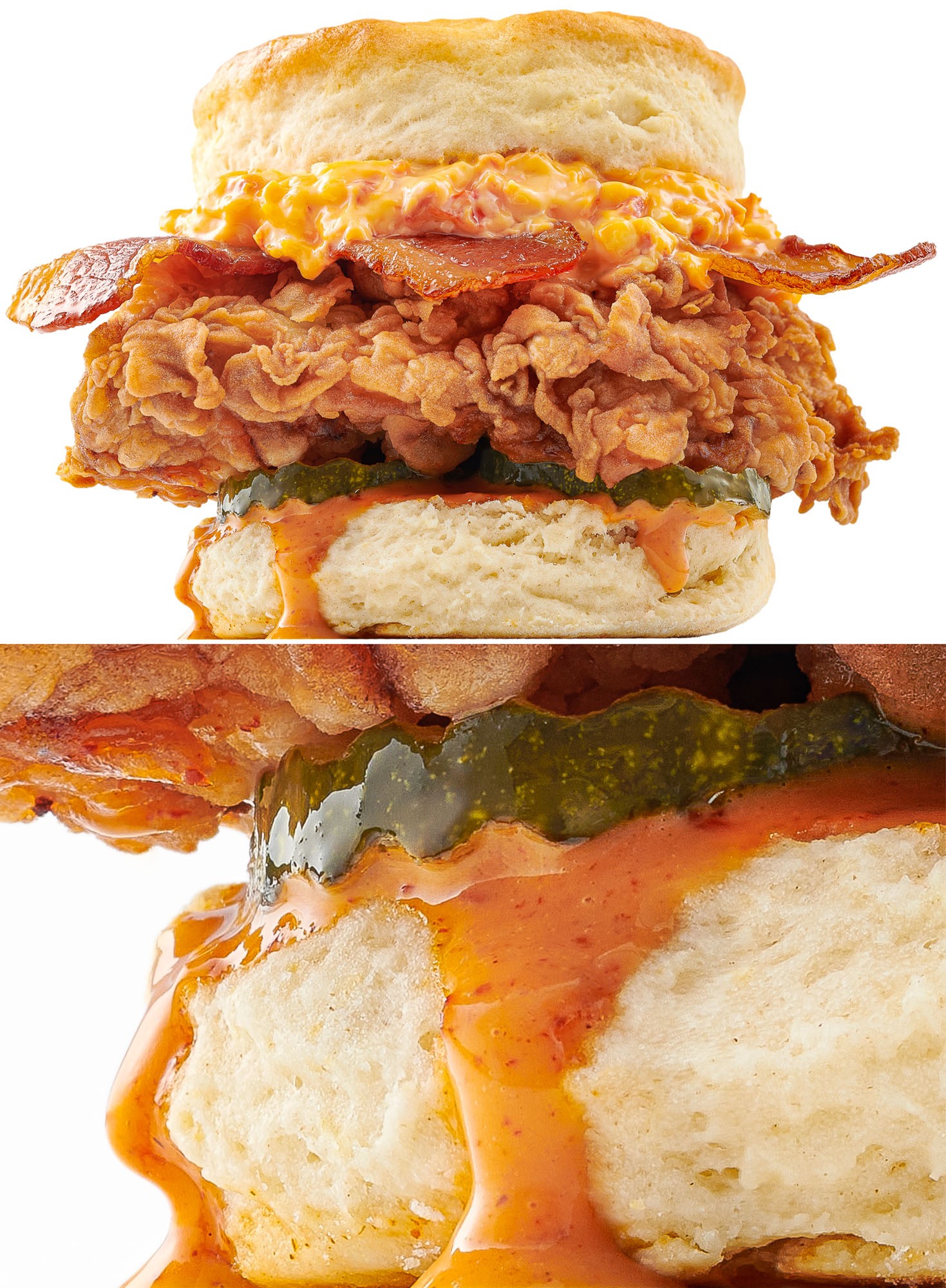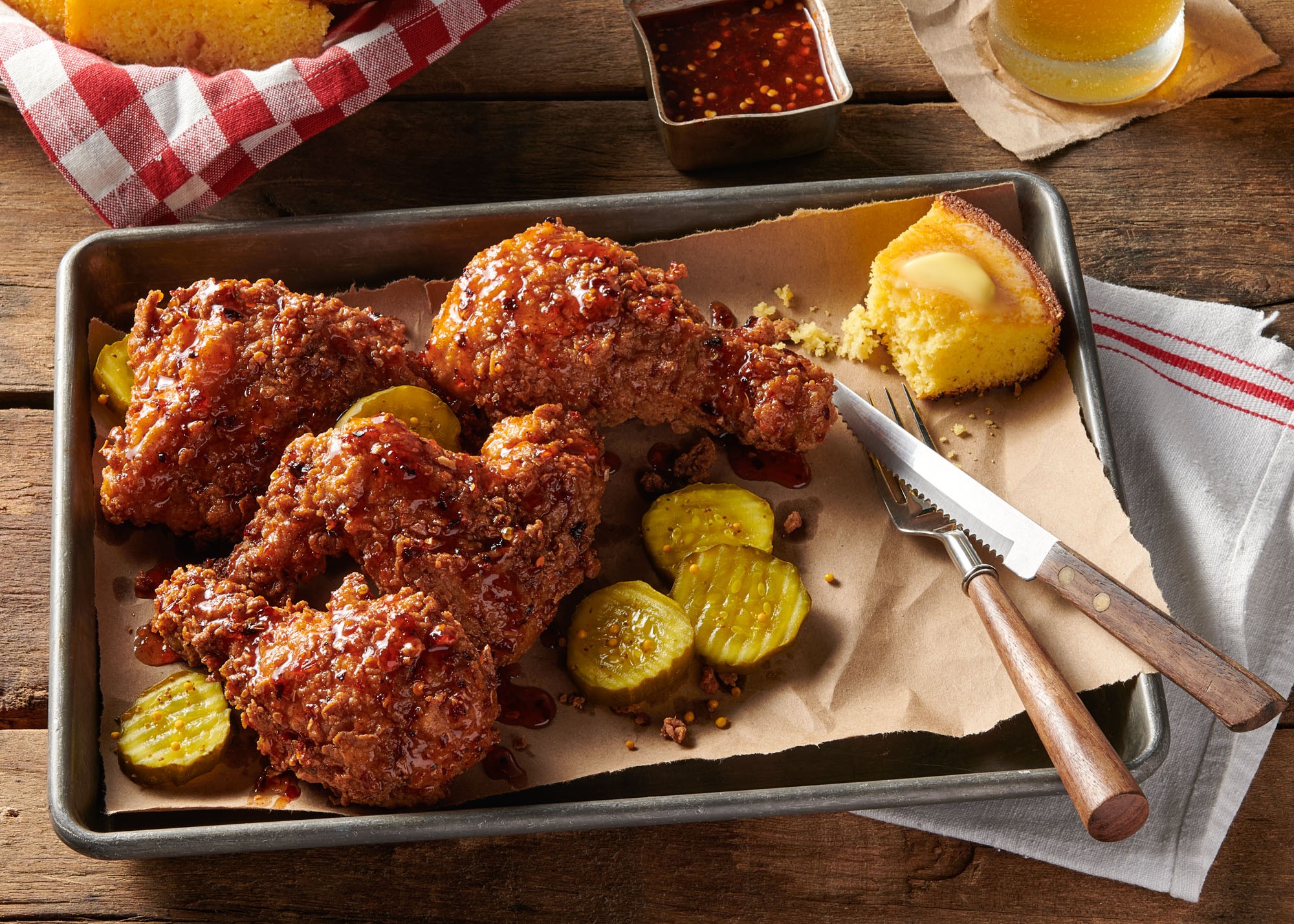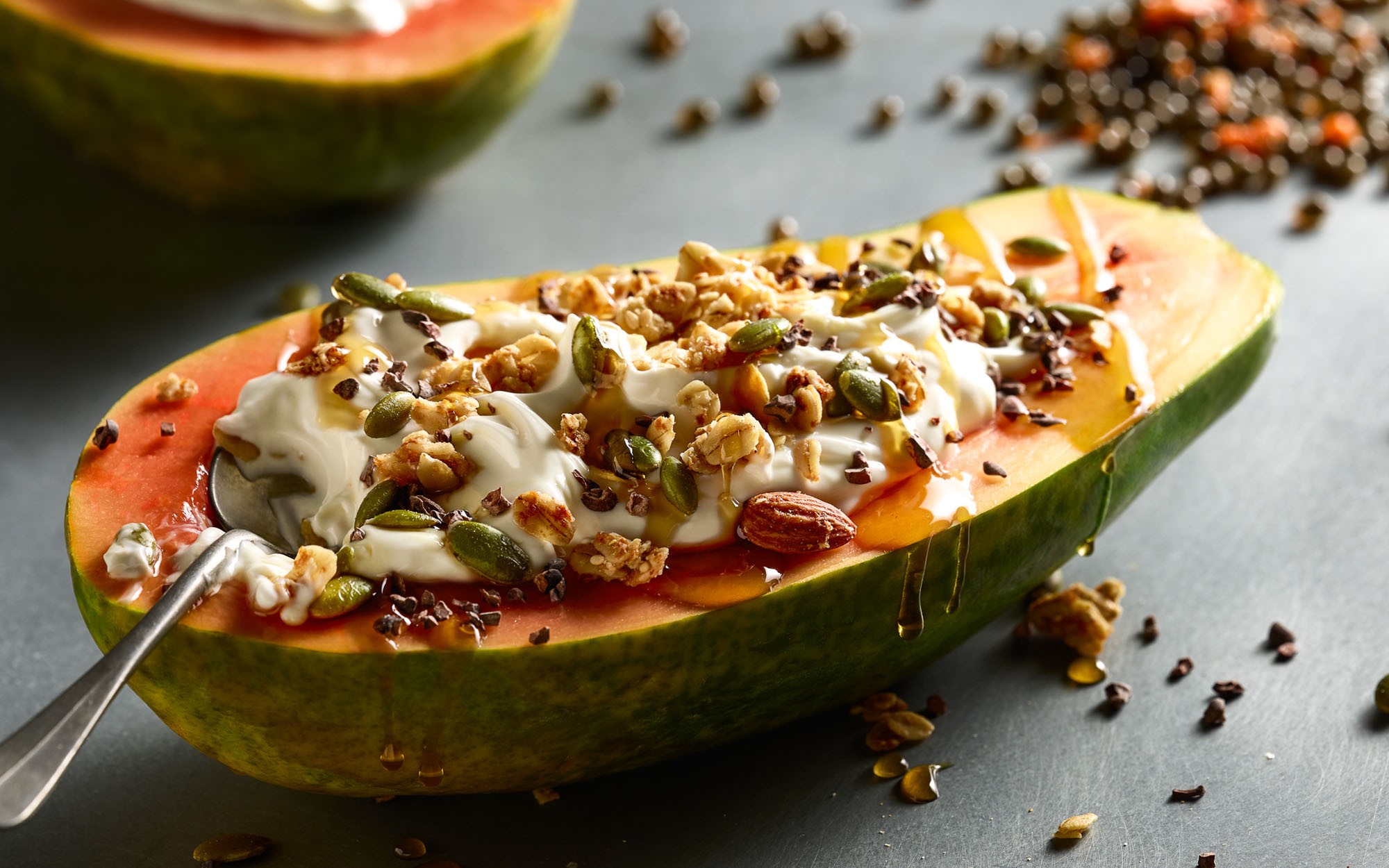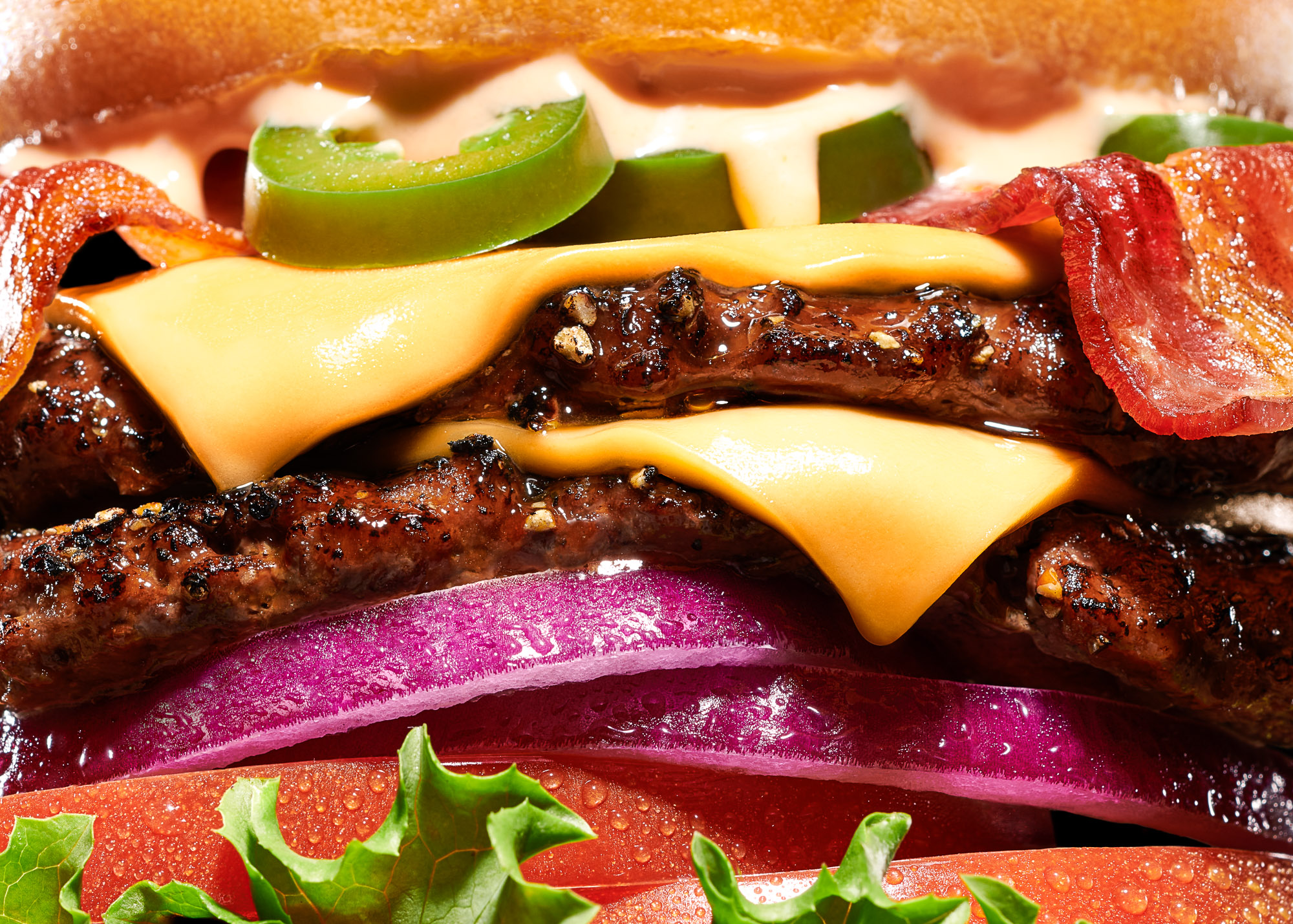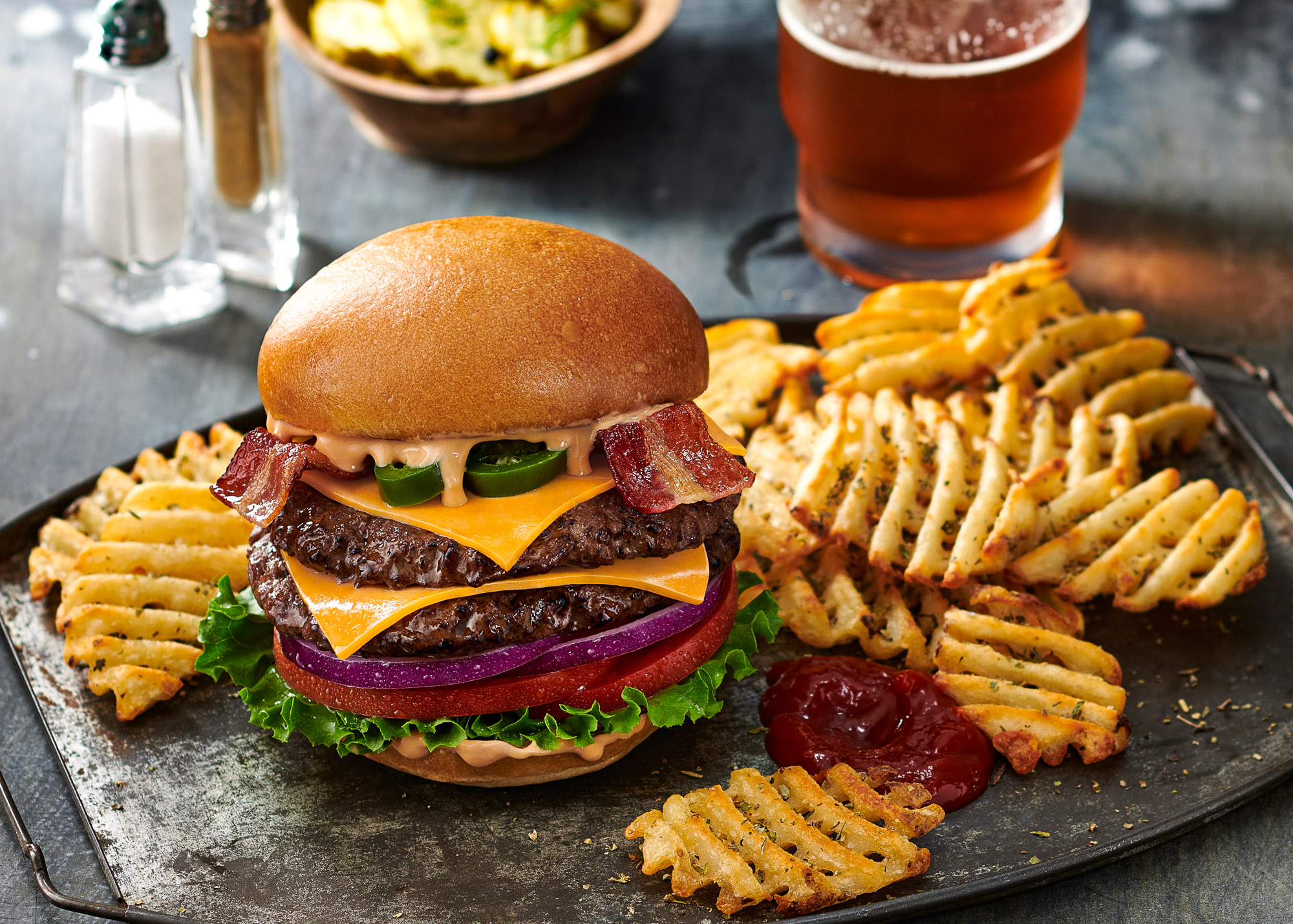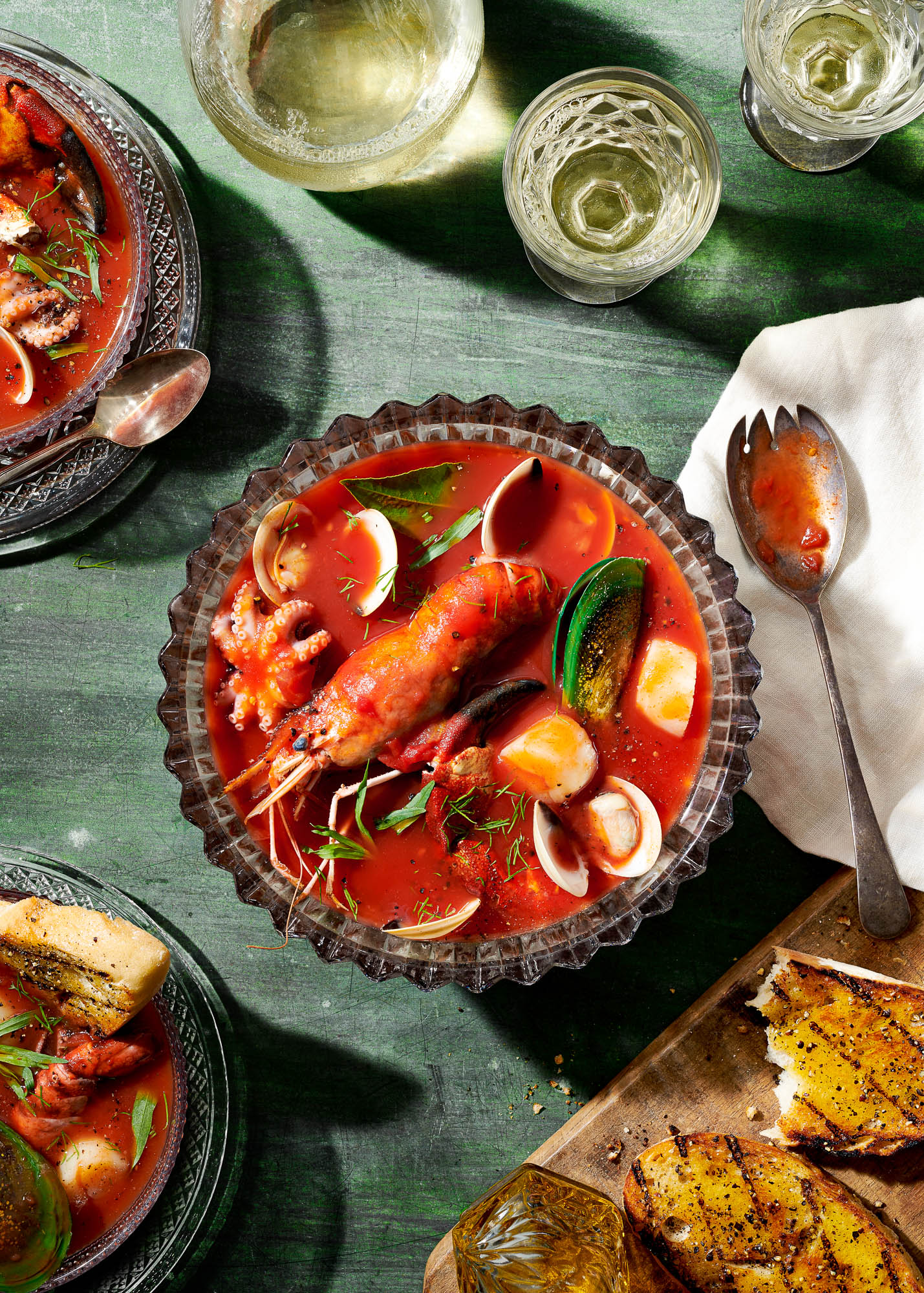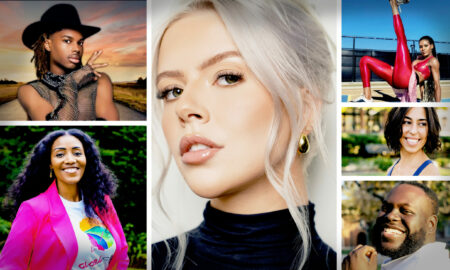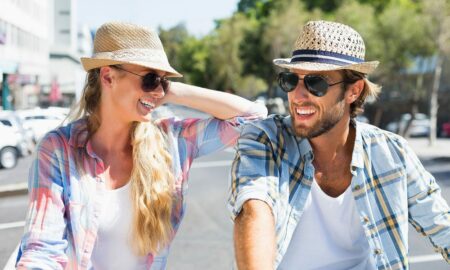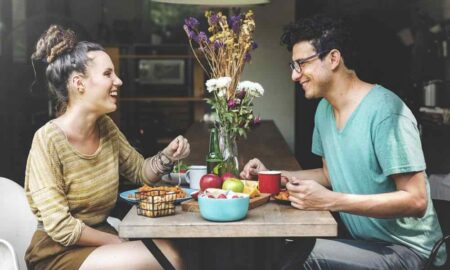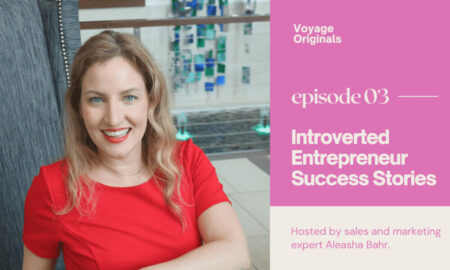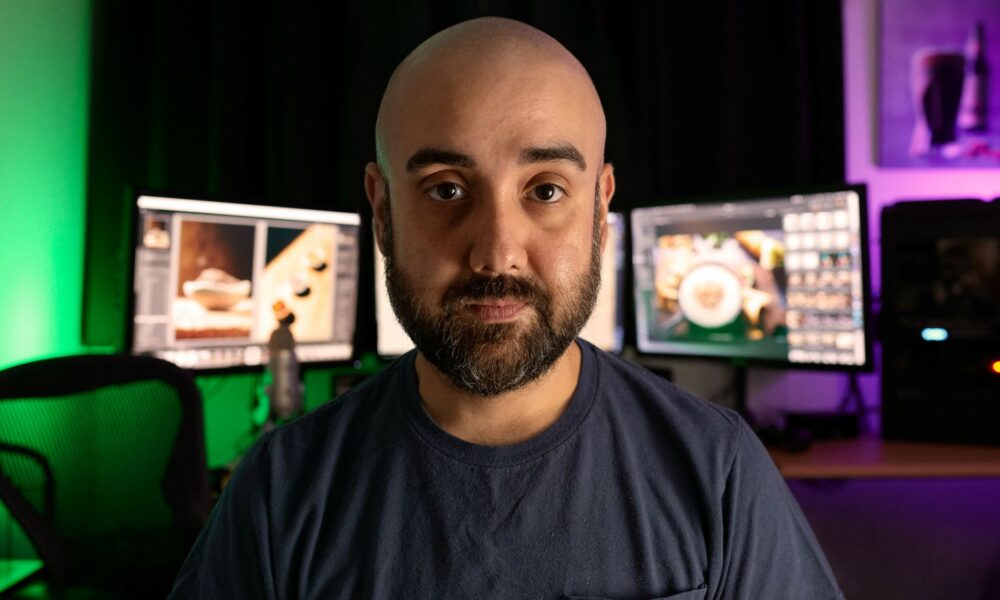

Today we’d like to introduce you to Jesse Chacon.
Hi Jesse, it’s an honor to have you on the platform. Thanks for taking the time to share your story with us – to start, maybe you can share some of your backstories with our readers.
This is probably a bit long-winded for most, but a couple months before I was asked to do this interview, I did a very tedious and personal audit of my career and body of work going back to the very beginning. It’s very fresh in my mind, and I took this opportunity to write it all down so I could revisit it in the future. My story spans the last 23 years, and what I have interpreted as three key peaks and valleys that have formed me as a photographer and a person. For anyone not interested in the details, the short story is this:
My name is Jesse Chacon. I’m a food photographer. I’ve been taking pictures since I was 15. I started shooting sports and landscapes in high school. I photographed weddings and portraiture for many years, then became a photo assistant for an expert food photographer, and now I strive to be an expert food photographer.
Feel free to just scroll down to the bottom to look at the pictures. If you really want to get to know me and my story, continue reading:
My photographic journey started back in 1999, during my sophomore year at Trinity High School in Euless, TX. I signed up for a photojournalism class by pure necessity of having to fill an empty period in my schedule. After a few weeks of class and showing an understanding of the exposure triangle a little quicker than my peers, I was handed a very used Nikon F3 35mm camera with a manual focus lens, a press pass, some coupons for the local photo lab, and was told to buy some night time film. I found myself on the sidelines photographing my first football game. I was instantly hooked. The experience of being on the field, being in the mix with all the action, and the spectacle of Friday Night Football in Texas, was such a rush. There was a special magic to it, and I enjoyed being able to take part in and capture it, or at least in trying to capture it.
I took the rolls of film to the local lab, and after all the anticipation and all the excitement, I went to get my 4×6 prints, but instead, I got my first real (and frequently recurring) lesson in photography, that there’s always more to learn. All the shots were blurry and dark. My shutter speed was too slow to freeze the movement of anyone not standing still. The old stadium lights didn’t have the output to light up the field for the very inappropriate 400 ISO film I chose to use. Nothing was in focus because I hadn’t learned the intricacies of capturing a moving subject. It was all terrible and looked nothing like the photos I’d seen on trading cards or in magazines or even the photos of the upperclassmen on display in the photojournalism classroom. It took the rest of that season before I started getting any kind of decent shots, especially at night games. I was mentored by a few senior photographers through the rest of the season. I got more advice from my teacher, Jeff Grimm, and as I learned more from the class itself, I kept practicing by trial and error, with many trips to the photo lab, and I began to see some improvement. I started buying bricks of Fuji Press 800 ISO film that could be pushed to 1600 ISO and, when developed correctly, could give the film the sensitivity I needed to shoot at night. I started using a monopod to hold the camera steady with a higher shutter speed to freeze the action. I learned how to set my focus and wait for the right moment to push the trigger. By applying all of that, I had learned the very basics of low-light action photography, with some pretty decent results for a beginner.
The next year/season, I would be in the more advanced photojournalism class and had gained access to the better cameras with motor drives suited for sports and action, a Nikon F4s in particular, with a 300mm f2.8 lens (still manual focus, but able to let in more of the available light of a high school football stadium at night) and some shorter auto-focus telephoto lenses. When our football team was in the playoffs (which was all 3 years), and we played games at the old Texas Stadium in Irving, I would get one quarter to use a rented 300mm 2.8 lens with autofocus and a Canon Elan IIe. It was like finally taking the training wheels off. I was consumed by photography in high school and took photojournalism nine times. I loved shooting sports and got to shoot everything from football and hockey to Golden Glove boxing, but I also found I had a knack for landscape photography after going on road trips with Mr. Grimm and members of the photojournalism class. We visited states like Utah, New Mexico, and Arizona. I’d never seen the West before and was fascinated by the scenic locations and history. I got a job working in the photo lab that I’d taken my first rolls to as soon as I turned 16 and started learning the craft of processing and printing color film so I could do all my own processing and printing at a discount. I entered any and every contest that awarded points towards the coveted ATPI Top-Ten Image Makers list. This was an organization that ran and held photo competitions throughout the year that any high schooler in the state could enter. They handed out points to students that received gold, silver, bronze, and honorable mentions in their respective categories, and at the end of the year, the list of the top ten would be published. My high school had no budget for a safe and functional chemical darkroom. Instead, Mr. Grimm encouraged the use of color film, while almost all other photo programs across the state were black and white darkroom only, so they only entered the black and white categories of contests. I entered a lot, and I won a lot, especially in the color sports and color landscape categories. I made the list 3 years in a row, with my junior and senior years being ranked #1 in the state by points accumulated. I had interviews and meetings with a few recruiters from colleges, made some money selling prints to football players’ parents, and became known as “the cameraman” during high school.
You’d think after all of that, I would have been ready to start on my path to a career in photography, and I’d be going into college with a photography-focused curriculum, but I didn’t immediately pursue photography in college, as my parents and I didn’t see a successful career in shooting sports and landscapes really being possible. Instead, I followed some friends to a state university and studied Mechanical Engineering. My interest and attention towards the end of high school started to redirect more towards other hobbies like cars and computers and hanging out with my friends all the time. I really started to ignore and neglect photography about halfway through my senior year of high school. I stopped shooting once I got my acceptance letter to Texas Tech University. My first peak had been climbed in photography; I thought I’d learned it all after being #1 for two years and winning all those awards that my mom still keeps in my childhood home. I lived in a valley with no creative outlet for the next few years until I was ready to climb the next peak, the mountain of digital photography.
Growing up, I spent many weekends working with my father, a lifelong auto mechanic, fixing and maintaining my family and friends’ vehicles (it wasn’t till years later that I realized I had been developing troubleshooting skills with him that would come in handy during the next chapters of my life). I lasted 2 years studying Mechanical Engineering before I found myself questioning my decisions as a young adult and seeking a creative outlet for what I was drowning out in the college party scene. I ended up moving back home to Bedford, TX, and living at home and working (in the photo lab of a pharmacy) for the summer and what should have been my junior year’s fall semester before relocating to the creative hub of Texas, the city of Austin, where I enrolled in the Studio Art program at Austin Community College. By this point, 35mm film was on its way out, and digital SLR cameras were becoming both affordable and usable. After doing well in my first year of studio art classes, my parents bought me a Nikon D50 with a cheap 50mm lens, and my passion for photography started to return. I took my first digital classes and became instantly fascinated and consumed by the technology that replaced the color processing machines and printers I’d used for years. Color spaces, color profiles, color modes, bit-depth, RAW processing engines, color spectrometers, Adobe Photoshop, digital asset management, these became the new lab lingo to me and was something I could do at home, on my own computer, a game changer for me, who’d always have to go elsewhere to process and print. Outside of the photography and digital classes, I was studying art for the first time. I was never into the traditional arts growing up or even recognized photography as an art, but all of that started to change after taking the required classes for the Studio Art degree; classes like drawing, painting, and design. I loved art history and design in particular. They helped me start to understand composition and color in new ways. Things started to click in my head about why I was drawn to certain aesthetics and patterns in everything around me. I was too focused on photography to get too deep into those lessons yet, but I have found myself in more recent times going and revisiting them with a more mature eye and now see I barely scratched the surface layer of topics like color theory and the interactions of color.
It wasn’t long before I started to use that Nikon D50 to make money; within a few months, I was starting to shoot portrait sessions for bands and friends of friends and posting to MySpace and Facebook to try and drum up more work. For the next 5 or 6 years, I primarily photographed weddings, portraits, and the occasional product shoot, building my gear and lighting kit from entry-level gear to higher-end full-frame bodies like the Nikon D700 and the first low-light king, the Nikon D3s. I paired them with ultra-fast prime lenses and zoom lenses and learned to light off camera with a few remote Nikon SB Speed lights and umbrellas. I found myself shooting weddings frequently after shooting a couple for friends, and soon weddings became my main focus of business. I approached wedding and event photography the same way I would shoot football games, using all the techniques and tricks I’d learned to deal with the constant lighting changes from indoors to outdoors and the distractions of the crowd, being aware of the main players, how to be candid when needed, and commanding a group when time was limited and at stake. After shooting a few dozen weddings, I got into a pretty good price bracket with wedding and engagement packages that could be a sustainable business as long as I kept my personal expenses low and lived at my parent’s house. I made it work for a few years, but it was around this time that I really started to get burned out on wedding photography. Social media like Pinterest and Instagram were very young but had started to change the landscape of wedding photography in a way I didn’t like. I was being hired to replicate someone else’s style or look instead of my own; everyone had a friend or relative that had a DSLR; they would mention that when getting my prices, thinking that would drop the rates; the stressed-out couples constantly asking for more and more of my time leading up to the big day; wild family members, intoxicated guests, the family’s friend-photographers wanting me to show them the ropes and let them “assist” me for free on the day; the extreme hours of processing and editing, meeting delivery deadlines… It wasn’t for me anymore, and I felt no more joy in photographing weddings and people, so I took an IT job (during my last couple years of wedding photography, I went back to school part-time and got associate degrees in Network and IT support). The IT job was where my troubleshooting and file management skills came into play, and they started to grow and develop again. When I was learning digital photography, I also became a huge computer nerd because the computer was my new photo lab, and I liked to learn things inside and out and thought it would be a good fallback career path for me. It was also an excellent supplement to the dry months of wedding photography and the economic recession of the late 2000s. I found a good balance between working as an IT contractor for a small business and being able to refine my photography in my free time and on weekends. I could afford to pick and choose the projects I would work on, and while some were weddings and fun low-light night-time engagement shoots, most were just personal projects like documenting the rebuild of a vintage steel bike in my father’s garage after he passed away or photographing my mother’s floral garden for a whole spring and summer and taking road trips where I revisited some of the locations, I had visited on those high school photojournalism trips a decade before. They were photos I wanted to take, in my own style and vision, unbound by having to please anyone but myself since the couples that hired me to photograph them knew they were only going to get the shots I liked when I was ready to share them and not just send a massive dump of the good and bad. The images I shot during these years are the earliest examples of what I consider my “professional career” as a photographer. Everything before, I felt like I was being paid to learn the fundamentals and being hired because I had a camera and didn’t know what my skills were worth yet. At this point in my story, I’m at the top of the 2nd peak in my photographic journey. From jumping into digital photography, becoming a decent wedding photographer, and shooting only what I wanted to, I was ready to start my next climb, so I grabbed a parachute and jumped off a very steep cliff into the valley of commercial photography, where there was so much more to learn.
A large part of me believes that photography can never be mastered. Parts of it, one can become an expert at or stand above their peers. There are physics laws for optics and light that we must understand, such as the inverse square law or the angle of incidence, and we must be aware of the limitations of our equipment, but the world of photography is technologically driven and ever-evolving, and as a photographer, you must always be evolving and adapting with it. Whether it’s stylistic trends, camera format changes, retouching techniques, lighting tools, rates, and fees, or social media formats, you have to keep up to date and not just brush them off as passing trends. Those trends become influences and inspiration for future generations and need to be recognized, whether you like them or not. I didn’t know it yet, but I was about to meet someone that was as close to being a master of photography as I think it is possible to be.
My path completely changed the day I started to assist the legendary food photographer, Dick Patrick, a massively successful, multi-decade commercial photographer in the advertising scene of Dallas. He had big restaurant chain clients like Longhorn Steakhouse, Corner Bakery Cafe, Taco Cabana, and 7-Eleven. He had a trendy, cool studio in Dallas, built around a kitchen, filled with the best gear and computers, prop rooms full of plates, cutting boards, surfaces, backgrounds, and a wisdom that I didn’t know yet would completely reshape me as a photographer and person. I had never stepped foot on the set of a high-budget photoshoot in a studio with a crew that had photo assistants, art directors, food stylists, executive chefs, account executives, and brand managers all working together. I‘d only assisted a few other photographers in all my years before, and they were location-portrait and wedding photographers. I was once again intrigued and consumed by photography since I knew I was being exposed to the world of high-end commercial photography, a world that few outside the tightly kept industry get to see and an industry I knew absolutely nothing about. Food photography was a genre of photography that I never considered as a career option or even a genre of photography that I found any interest in before those days. I had a general understanding of photography and artificial lighting but knew nothing about this niche and the intricacies of planning and executing an ad campaign, about all the hours that go into pre and post-production with collaborations between client, agency, and studio coming together for a 10-hour day. I was brought in as a photo retoucher at the recommendation of a childhood friend who knew Dick through his wife. Retouching was something I’d become decent at from years of fixing my own work, but I didn’t know food. I had no clue how the highlight was supposed to look on a wine glass in a dark and moody scene, or how melted cheese was supposed to come across as hot, how the specular highlights of a ground beef patty were supposed to glisten to read as moist, and I had never composited or cleaned up an image that would be seen by millions of eyes in display across 48 thousand 7-Eleven stores worldwide. I quickly realized I wanted to be involved in this industry in any role I could, so I expressed my interest in wanting to continue working with Dick when he asked how I liked working with his team after the first week. I quit all of my other side gigs, moved closer to the studio, and completely stopped shooting any form of portraiture, and made myself as useful as possible to Dick and his studio. I began by applying all my technical knowledge to creating an archive system and streamlining the digital workflow of his studio by networking his computers, creating a hub-based server of his photo collection on a dedicated Lightroom computer, and creating a solid Digital Asset Management system that made file sharing and delivering easier and more efficient than his previous methods. I studied much of his work from the decade before since I had just wrangled it all into one place. I got as much feedback and creative criticism as I could from the files I would work on for him. I opened the working files of his most technical shots and started to learn how he liked his files to be composited and retouched. I saw his attention to detail was near perfection on set and in camera from his years of shooting 4×5 large format film, how he could control light better than anyone I’d met before, and how he could make a subject as basic as a gas station hotdog placed on a white surface look appetizing just by shaping the light and its shadows to accent the shapes of the condiments and toppings, or how he emphasized the highlights of the texture of a ribeye steak while it’s on a flame grill. It was knowledge and skills that can only be obtained through decades of experience and repetition, and I respected that. After a few months of primarily retouching and digital-tech work, I realized I wanted to be on set, learning the techniques of expert table-top lighting and playing a larger part in pre-production and asset delivery of imagery that I would start to see on restaurant menus, in drive-thrus, and in grocery stores. His first assistant at the time attended the same high school as me; we bonded quickly over the old photojournalism days and our experiences in between. He helped me learn table-top lighting while we built and lit the sets for stand-ins, all while teaching me set etiquette and how to best assist Dick during shoots. I started splitting time between retouching and working on set more and more, and one day I was given a set of keys that allowed me access to the studio whenever I wanted. I started to sell all the prime lenses and zoom lenses I used for portraiture and events and replaced them with specialty macro and tilt-shift lenses. I sold my low-light, high-speed cameras for high-megapixel, low-ISO cameras like the Nikon D800 and later the D850. I sold my Nikon SB speed lights and started buying used Profoto strobes. I handed down my umbrellas and built scrims, and bought diffusion and reflectors to replicate what we were doing on Dicks jobs. I came in on my off days and familiarized myself with his digital medium format camera kit, a kit more expensive than all the cars I’d owned combined. I started setting up secret test shots of my own and testing out the new techniques I was learning, like prepping a glass to look like it’s wet by using tricks and tips from the food stylists. I shot tethered to a computer on a Cambo camera stand, knowing that I would be compositing multiple images together and capturing versions with specific details in frame, like a rising beer head at the exact moment it was ready to spill over, another frame with the perfect swirl of carbonation in the glass, and capturing a version with a dry surface in case I made a mess in the process to make sure everything was perfect for the final composite. I started absorbing and learning it all day after day and shoot after shoot, and along the way, I applied it to the days I would be assisting on set until it became second nature to me. When his first assistant moved on to a different career, I became the first assistant and eventually became his studio manager, which put me in a position to start using the studio for shooting my own smaller jobs. I was a part of every production for every single shoot Dick did for massive brands, like McDonald’s, Pizza Hut, and Burger King. I met and worked with some of the best and most talented individuals in the Dallas advertising industry. I was able to network and become friends with some of the top food stylists in town. I met and worked with dozens of creative directors and designers from all the big Dallas agencies and marketing teams. I got to fly out to Northern California with him and photograph Guy Fieri at his house for a King’s Hawaiian point of purchase display that I’d later see in grocery stores. I got to help produce and execute countless ad campaigns that millions of people saw across the globe and saw that I could keep growing from all the knowledge and skills I was accumulating on the way and I could apply them to my own photography and business for the rest of my career. I’d made it to the top of my 3rd peak during this time. We had an excellent run for 8 years, and it was an honor to be Dicks’ final assistant before he sold his studio in late 2021 and went into retirement. I still talk with him frequently and run his digital archive of about 40k images out of my home office. I study and reference it when I’m seeking inspiration or trying to remember how we lit a shot or the process we went through to get a desired result. I consider him one of my closest friends and mentors and was lucky to have been invited to join his team all those years ago.
For a few months after the studio closed, I found myself rapidly falling from the 3rd peak in my photographic journey. I had one repeat client that didn’t require more than a few days a year of my services. I wasn’t landing any of the estimates I was doing. I had no studio to go to anymore. No more productions to put on for Dick. No new files to retouch. I had way too much free time and equipment on my hands. I had no clue where I would go or what I would do next, so I started to look inward and to my past, to my own archive and body of work. I started with the old boxes of all the 4×6’s I had from high school; all the football games and road trips were in there; then to my lightroom catalog for my very early digital work from college when I was shooting jpegs instead of RAW because I didn’t know any better; the early portrait and wedding days where I hadn’t learned yet to bounce my light to get a more flattering soft light; the high-end weddings and new road trips; then the switch to studio photography and the progression I made in early lighting and styling tests that no one ever saw, to my first test sessions with food stylists and then to commissioned work for Bishop Cider Co, Collin Street Bakery and Revolver Brewing. It took a while to really absorb it all and to find my patterns of progression, but it finally hit me that I was still learning and improving my photographic knowledge and ability. I realized it was time for me to establish my own brand and have my personal style and taste recognized by the industry. I’m now preparing for the next phase of my career as a commercial studio photographer specializing in food and beverage. I’m climbing out of this valley at a fast rate. It wasn’t as deep as the last two, but the next climb will be the highest and longest. All the practice, training, executions of production, all the networking, marketing calls, estimates, and meetings are the foundation I’m building off. I’ve started studying color theory and brand identity again and am treating it like the first time. I’m studying trends from around the country and world in the food and beverage industry by reading and analyzing art books and magazines again. I’m revisiting my test shoots and commissioned jobs from the past few years, seeing and accepting the weaknesses and strengths of my portfolio, finding a cohesion of what my style truly is, and removing anything that doesn’t fit my current vision. I’m no longer comparing myself to the greats of this market’s past. They’re all selling their studios and leaving the industry, so it’s time for the next generation to take on the tasks. In the past few months, I have partnered with a photo agent to start handling my estimate negotiations, marketing outreach, and representing me as a professional. This is a crucial step for any commercial photographer in this industry to open new doors to new people and businesses and revisit the connections I made as an assistant to find potential new clients for me. I find myself expanding creatively on where I was going from the last 3 peaks I climbed, and I’m once again shooting for myself more than ever. I’m testing with food stylists regularly and more importantly, being content with how my work is being perceived by myself and those who commission it. I’m getting estimate requests for more and more jobs every month, and some are for pretty big names. I hope to add more brands and restaurants to my client list soon and, in the near future, to find a studio to shoot out of permanently to really kick off this next phase of my career. It’s been a long journey, and it’s not going to be over any time soon. I will continue to reflect on myself and work on my craft, knowing that there is always more to learn.
Alright, so let’s dig a little deeper into the story – has it been an easy path overall, and if not, what were the challenges you’ve had to overcome?
My journey has had many ups and downs, and I detailed them above in my story. The main point I’d like to come across is that photographers and creatives, in general, should never stop learning and perfecting their craft through the good and bad times,
Appreciate you sharing that. What else should we know about what you do?
I specialize in food and beverage photography for restaurants and food brands. I’m known for my attention to detail and technical ability when it comes to capturing and lighting food and beverage. I also grew quite the reputation of being a highly skilled image editor and technical wizard from my days at Dick Patrick Studios. I’m very proud of all the assistants I’ve had the pleasure of training and working with; some of them came to the studio fresh out of college or started as interns, and I see them out there killing it on their own, running their own successful businesses, or working full-time as internal photographers for agencies and brands.
I think my 8yrs of experience working for a top-tier shooter really gave me a leg up and has set me apart from the others now that I’m on my own. I was able to learn from one of the greats on every single aspect of production, from initial project inquiry, to shoot day to delivering final assets while being very hands-on and client-facing through the whole process. Those experiences let me address any potential issues and hiccups that might come up during pre-production instead of the shoot day.
We’d be interested to hear your thoughts on luck and what role, if any, you feel it’s played for you.
Good luck landed me in a photojournalism class with a great teacher in high school, and luck landed me in a role working at Dick Patrick Studios at the perfect time in my life; if I’d been put in the same situation a few years earlier, I may not have stuck around and jumped ship after the first 14hr day or first signs of a fleeting social life because of the hours the industry demands.
For bad luck… the Covid-19 pandemic sent the food photography industry into a major spiral; there was a massive loss of work and a very slow return to normalcy that has impacted the production and workflow of food photography to this day. Many great photographer sold their studios over the last year and have gone into full or semi-retirement, and it’s left a major void in our market, which is a major opportunity for the next wave of photographers. Starting a new studio right now would mean getting into all-time high rent contracts, which is difficult for anyone without an already established client base. Luckily there is a network of rental studios and a network of photographers that are willing to rent out their spaces on a per-job basis to those needing a place to shoot.
Contact Info:
- Website: www.jessechacon.com
- Instagram: www.instagram.com/thejessechacon
